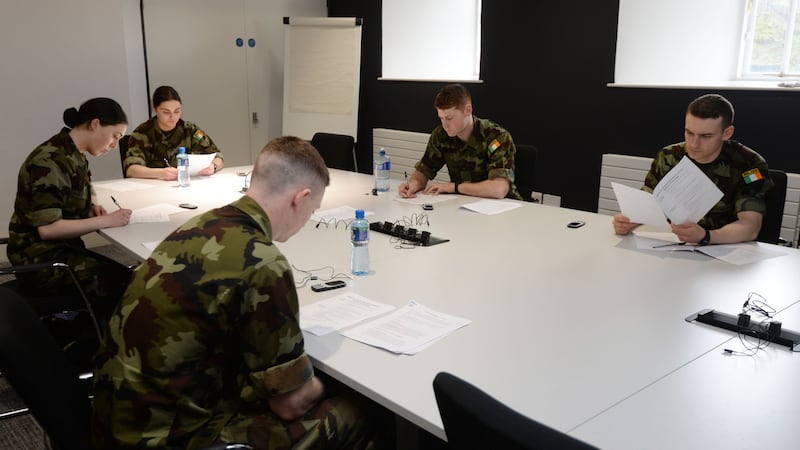The process of tracing contacts of cases with Covid-19 is rightly attracting much attention now, though much of the commentary misunderstands just how much it can achieve at a time when case numbers are soaring.
The real point of talking about contact tracing now is to get it right after Level 5 restrictions end and, hopefully, cases have stabilised, rather than to expect miracles in the current surge.
Contact tracing is a vital element of the public health response to the virus and one that Ireland has not yet got right. Up to now, our efforts have been too slow and unambitious, poorly resourced and have not been backed up by proper quarantining and enforcement.
Hospital Report
As World Health Organisation guidance points out, contact tracing may be "difficult" when transmission of the virus is intense – as at present.
It should still be carried out as much as possible, with the focus on households, healthcare workers, risky settings such as nursing homes and vulnerable contacts, the WHO advises.
Contact tracing is a great tool, but was "never, ever designed for 1,000+ cases a day", Australia-based Irish public health doctor Niall Conroy points out.
“The important interventions at this level of cases are population level restrictions, ie, people limiting their contacts,” he says.

Speed is of the essence in contact tracing, so people who have mingled with cases and may therefore have the virus are identified before they become infectious.
In the “test, trace, isolate” process, the clock starts when a person develops symptoms and ends when they have been effectively isolated.
We don’t measure the time that passes from symptom onset to seeing a GP, while isolation is largely left to the discretion of the person involved.
It probably takes at least a week between the time a person starts to feel symptoms and the time most of their contacts are quarantined or isolated
As a result, what limited figures we have for the performance of the service are incomplete. At the moment, these suggest it takes 0.8 days on average from GP referral to swabbing, and 1.3 days from swabbing to test results.
The average time to complete all contact tracing calls is given as 3.8 days at present, but this is for all calls, not just the positive ones (ie, the ones of interest), which take longer.
It is hard to make sense of the figures provided, which tell us the number of contact tracing calls made but not the average length of calls or how fast they are made.
What matters is that it probably takes at least a week between the time a person starts to feel symptoms and the time most of their contacts are quarantined or isolated. That’s a full week in which infected people can, unknowingly, spread the disease.
Contact tracing is most effective when the time from symptom development to isolation is within two to three days and 80 per cent of close contacts are quarantined, according to an Australian study found last month.
Delays of over four days, or failure to quarantine more than 60 per cent of contacts – the Irish situation – “may not meaningfully control transmission”, it found.
Some of the problems with Irish contact tracing are down to a lack of resources; many teams were stood down last spring as cases ebbed, when their tracing skills could have been honed further on extant community transmission. A lack of automation is also a factor, with laborious transcription of spreadsheets inevitably leading to errors.
Ireland is a something of a world leader in call centre provision, so it is surprising more synergies with the private sector have not been established during this crisis.
All of these shortcomings need to be rectified urgently if Ireland is to avoid a third wave of Covid-19 next year.














